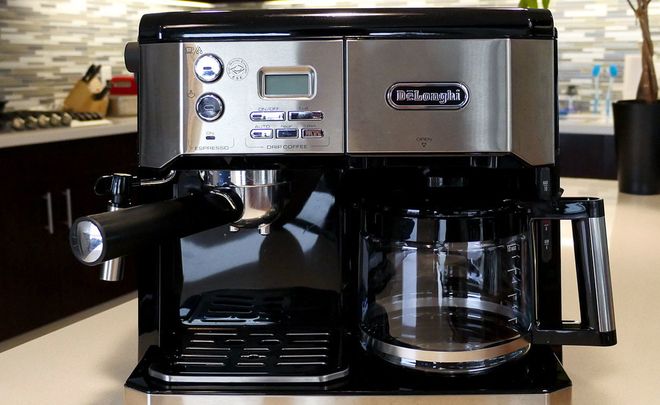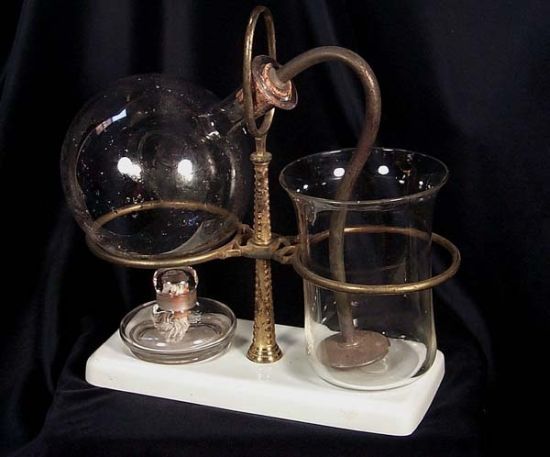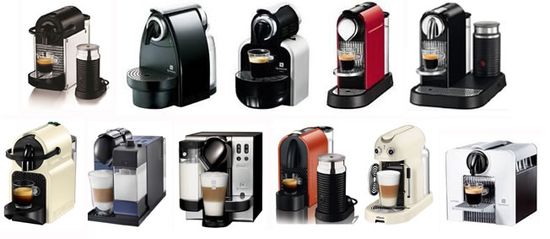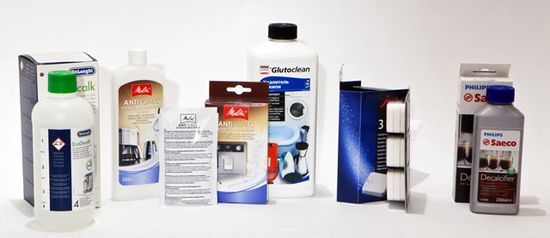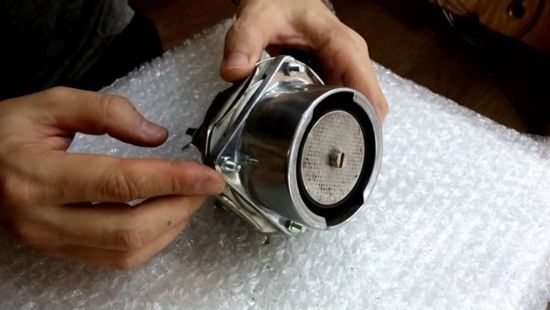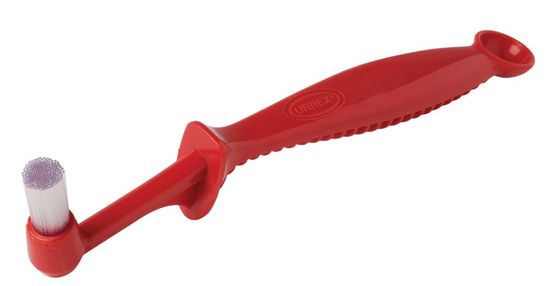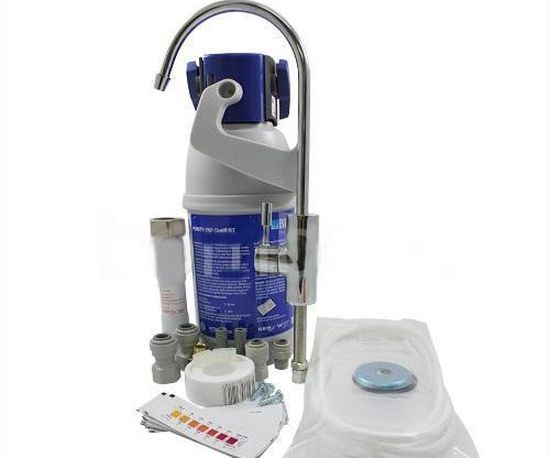As a rule, the apartment of a modern person is filled with various household appliances, including TVs, PCs, a washing machine, an air conditioner, a vacuum cleaner, more than a dozen kitchen appliances, etc. Of course, the coffee machine occupies one of the first positions in this list. Today, this popular device is present in almost any kitchen.
Its history goes back over 200 years and begins in 1800, when Jean-Baptiste de Belloy, Archbishop of Paris, invented the Le Dubelloire device, which became the prototype of the geyser coffee maker.
Of course, modern, for example, capsule coffee machines have little in common with their prototype.
But many companies continue to produce very popular models in retro style. Viennese royal coffee makers perfectly illustrate this trend.
Its design can reasonably claim the artwork status and will decorate the interior of any apartment.
Unfortunately, the equipment even from well-known manufacturers periodically breaks down. Of course, the warranty greatly simplifies the repair. But even it does not free from the hassle, and sometimes – from the costs. Therefore, the reliability and reputation of the company remains one of the main criteria for choosing a coffee machine or any other device.
As a rule, a complex equipment contains many individual nodes, the failure of any of which limits or completely blocks its functionality. Of course, they all require periodic care. Therefore, device damage is often caused by improper use, inadequate care or other fairly simple reasons. Many users can easily eliminate some failures without the help of qualified professionals.
The reasons
As known, the success of any repair directly depends on the correct diagnosis. Of course, displaying some faults as an error code or a symbol on the device screen partially solves this problem. Unfortunately, not all models support this feature. In addition, the error code often contains ambiguous information that allows for some interpretations. Therefore, even a simplified classification of failures can help in many cases.
1. Water quality significantly affects the service life of many components. For example, the intensity of the scale formation directly depends on the water hardness and various chemical impurities. However, today the market offers in abundance various filters and descaling agents.
Of course, any user can successfully solve this problem. In addition, many models provide automatic descaling, which requires the owner to only activate this mode.
2. Most innovative SMART coffee mashines use complex electronic control modules that require stable power supply. Power outages and voltage drops adversely affect the service life of any complex electronics. Of course, such faults require the intervention of specialists.
3. Of course, the wear of parts due to long-term operation requires their periodic replacement. In some simple cases, many people can solve this problem on their own.
4. Of course, insufficient care significantly reduces the service life of the coffee machine. Unfortunately, many modules and systems, such as the dairy tract, require cleaning after almost every cycle. But many models from well-known companies often support the automatic cleaning mode.
5. Clogged filters, fat deposits on seals, scale and even foreign objects inside the device top the list of reasons in many cases. Of course, their elimination does not require a specialist.
Some failures
Water leakage from under the horn
Many horn-type coffee machines have this problem. Usually, water seeps near the attachment point of horn to the housing. But many owners of coffee machines will be able to eliminate this damage on their own. Most often, this problem arises due to wear or clogging the sealing ring between the horn and the housing.
Accordingly, this repair requires its cleaning or purchase and replacement. Of course, a new sealing ring must fit the model.
Clogging the horn filter also provokes water leakage because it collects cake of coffee beans.
Extraneous noise
As a rule, an increased noise level, including crackling, hissing, whistling, etc, also appears due to clogging the horn strainer, which requires cleaning. Many models have special accessories for this purpose.
But a toothpick or an old toothbrush often also perfectly solves the problem. Of course, cleaning the strainer requires caution, because excessive force can damage the filter surface.
Regular use of coarse grinding also increases the noise level due to the mechanical effects of large coffee particles that pass through the filter cells under water pressure. As a rule, reducing the grinding value reduces noise and filter wear.
Natural wear of the built-in pump also provokes an increase in the noise level. But this reason requires replacing the pump.
Fault of controls
Modern models often use different protection algorithms that block the activation of certain options.
Possible reasons:
– no coffee beans or water.
The locking protects the device from overload. Many models indicate this reason on the screen.
– dirt, grease or bloom may block the operation of buttons, which, of course, require periodic cleaning.
Other
The coffee machine does not activate the coffee making mode.
Of course, the normal device operation requires the serviceability of all its components, including the control module, the motor and the brewing unit. Fault any of them blocks the coffee making. In the absence of a warranty, a visual inspection after disassembly can help establish the cause. Often, simple cleaning the internal knots solves a problem. Sometimes, components have obvious damage. Otherwise, fault diagnosis requires qualification.
Lack of coffee supply from dispenser
Clogging the brewing unit or supply system may block the beverage dispensing. Addressing this cause usually requires thorough cleaning.
No water heating
Failure of the electric heater or temperature sensor blocks water heating. You can check both items with a multimeter. Too slow heating may indicate excessive water hardness. But special filter cartridges reliably protect the device from scale, softening the water.
Unfortunately, their cost reaches several hundred dollars.
Cappuccinator failure
Today, most espresso models use an automatic cappuccinator.
A faulty cappuccinator does not foam milk, depriving the owner of their favorite drinks. Typically, it occurs due to clogged air ducts of the dairy tract, which requires cleaning after each cycle. Accordingly, a thorough cleaning can solve this problem. Some expensive models provide it automatically. As a rule, companies recommend using pasteurized milk with a fat content of 2.5%.
Screen does not display water level or pressure
Contaminated float or clogging the inlet tube can block these functions. Cleaning float or purging the tube will solve this problem.
This video demonstrates the cleaning brewing unit in the Miele coffee machine.
